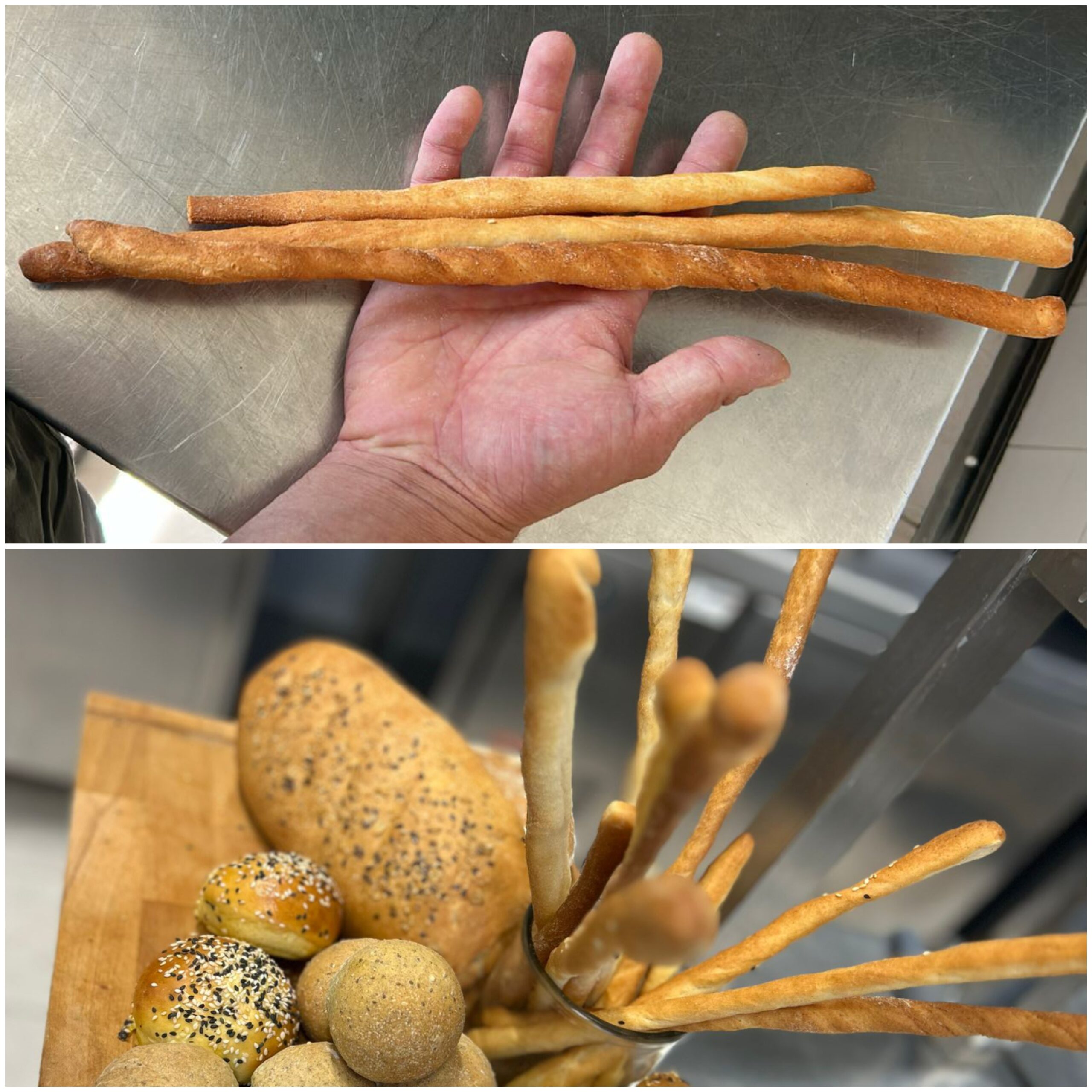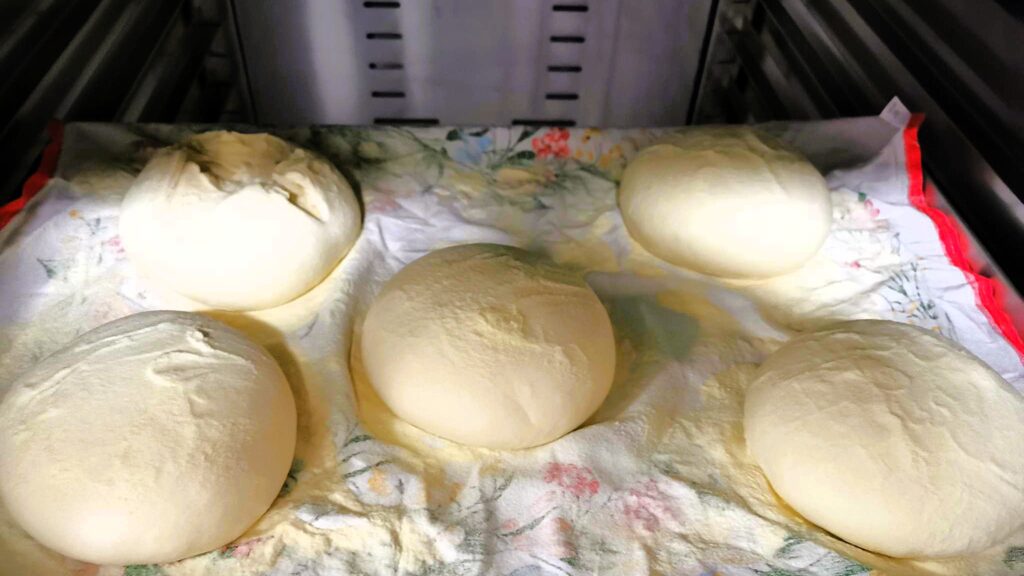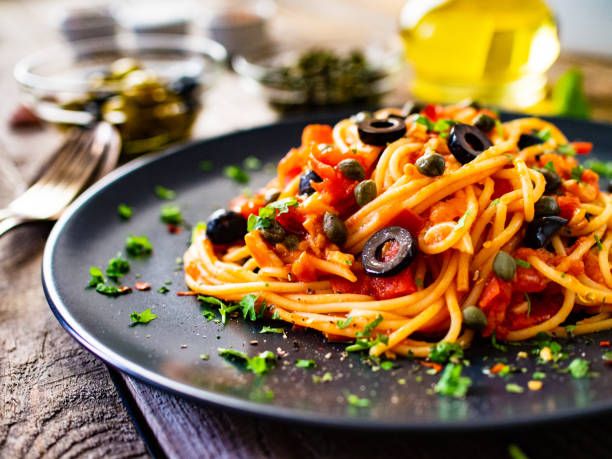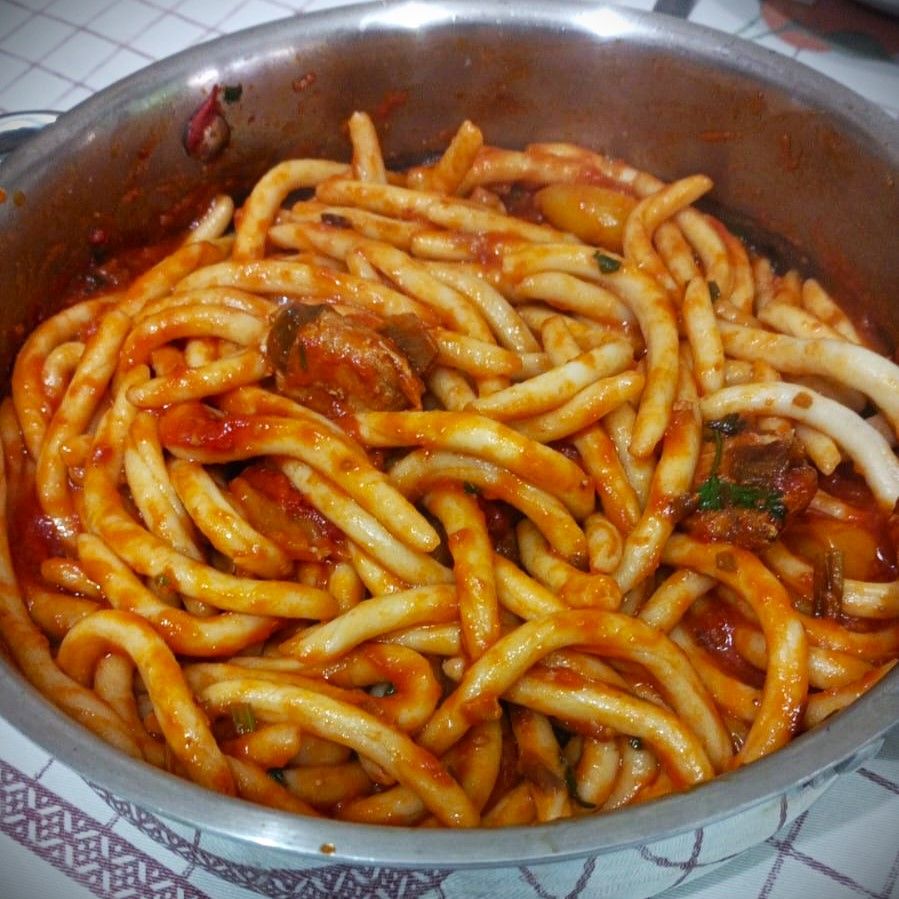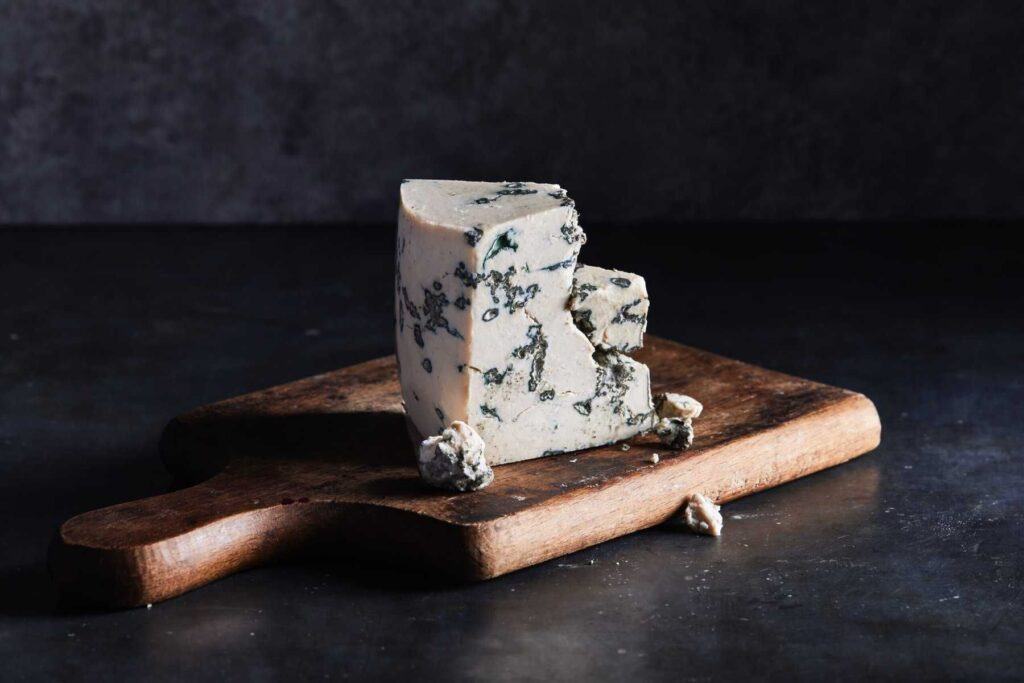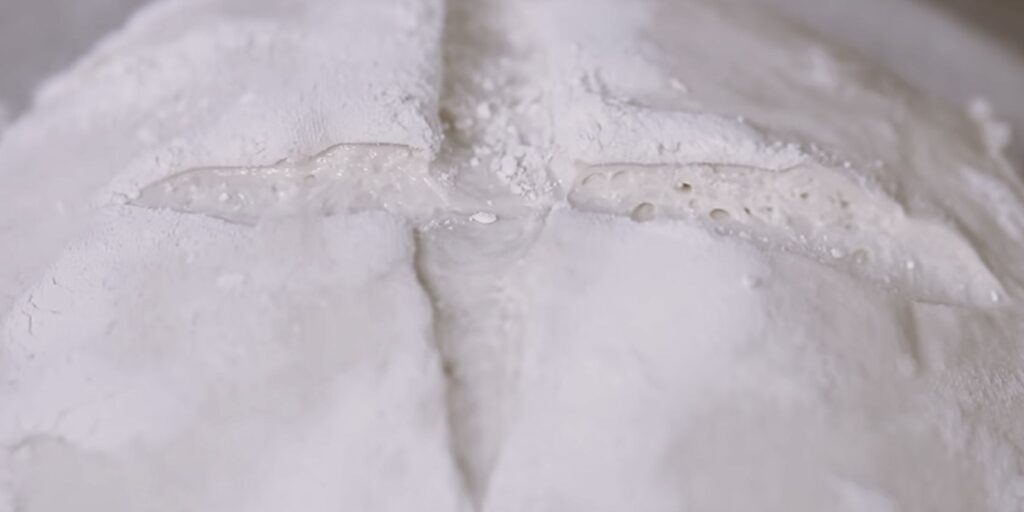There is something that welcomes you as soon as you set foot in a restaurant in Italy.
Or in a real Italian restaurant abroad.
And it’s grissini.
Welcome to the restaurant!
These breadsticks, placed on the table in their small container, have the arduous task of appeasing the hunger pangs of the diners while waiting for the meal to be served.
And sometimes we found ourselves hungry like wolves, but being in the uncomfortable situation of finding ourselves at an elegant dinner so that, to respect etiquette, we could only take one and eat it delicately.
When we would have gladly devoured the whole basket.
The story. Or the stories?
What an invention grissini, we were saying!
Well, who invented them? When?
We don’t know for sure.
What we know for sure tho, is where they were born: in Turin.
The most popular legend (more because it is a good story, rather than due to historical sources) tells of a sick little prince and a witty baker.
We are in 1675, and Turin is the capital of the Kingdom of Piedmont.
Vittorio Amedeo, heir to the royal throne, then a child, was in poor health.
The Royal Doctor, therefore, advised to consume only nutritious and quickly digestible foods and to avoid breadcrumbs.
The solution was found by the King’s baker, Antonio Brunero, who created a stick of bread, so narrow and long as to be cooked evenly both inside and out.
So a crunchy bread, and without crumbs.
But this is story-telling. As we have seen several times (see the stories of pinsa and tiramisù), when it goes along the description of food, it must be captivating rather than truthful!
In fact, historical sources tell us that breadsticks had already existed for some time, so much so that they had been mentioned by a Florentine cleric, called Vincenzo Rucellai.
He described grissini in 1643 as
“a novelty, albeit with an extravagant shape: that is to say bread as long as an arm and half and thin like the bones of a dead body.”
We don’t know if it was a novelty in an absolute sense or for Rucellai.
The fact is that breadsticks already existed, but we don’t know for sure for how long.
Now, I prefer “the little prince and the baker” to “bones of a dead body“.
But that’s a personal opinion…
Do your own grissini!
An even cooler, and truer, story is that grissini dough can be left to rise with the Inox Bim Retarder Proofer.
Just like it was done by our friend Luca, chef of “Il Nido” restaurant, soon to open in the splendid historic building of Villa Torlonia, San Mauro, near Rimini.

 Italiano
Italiano
